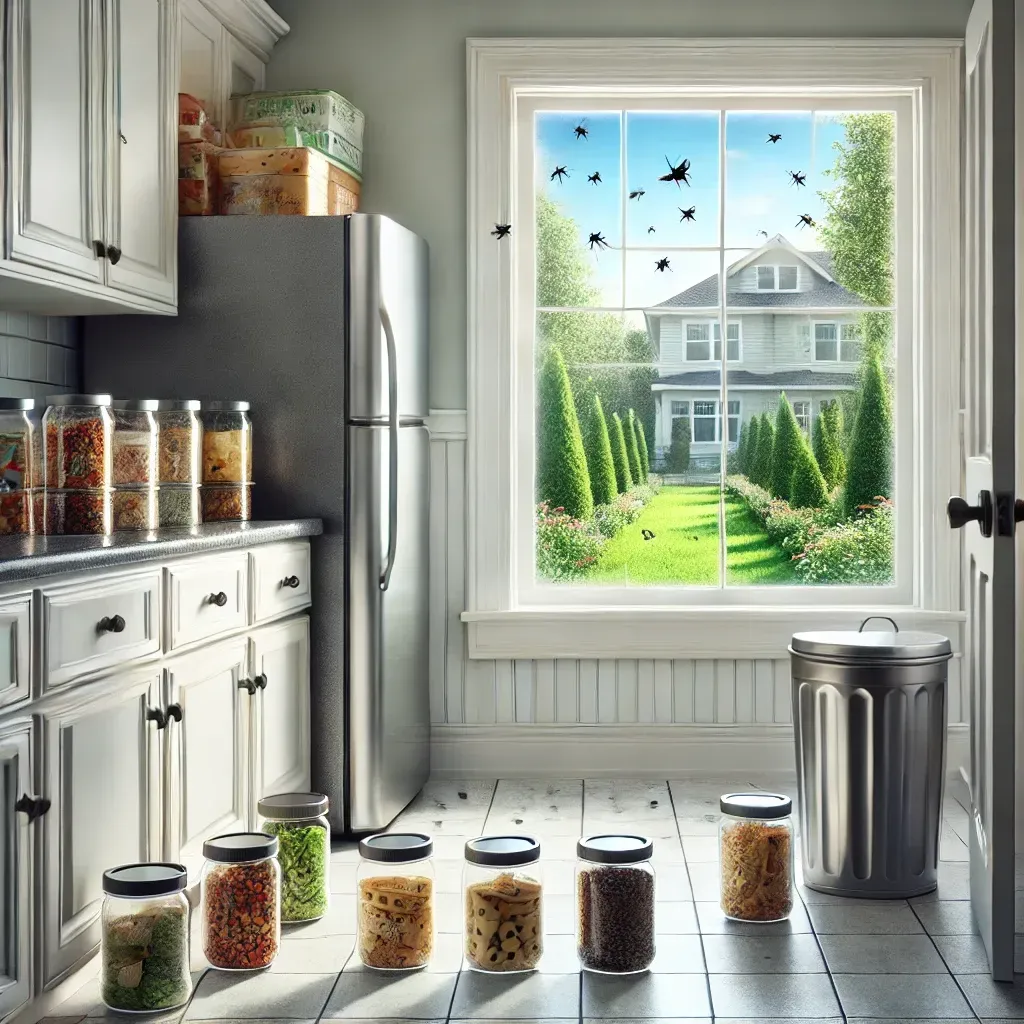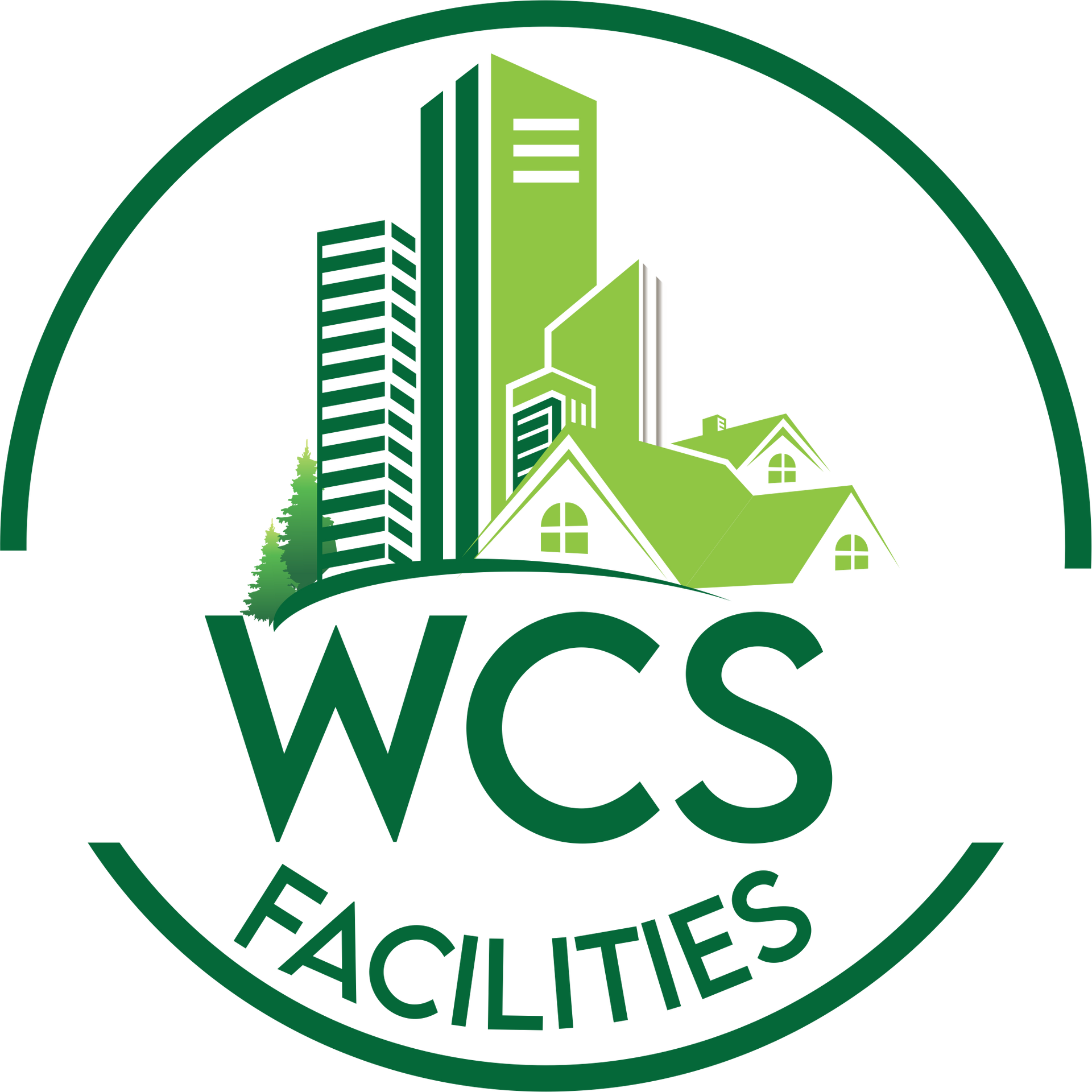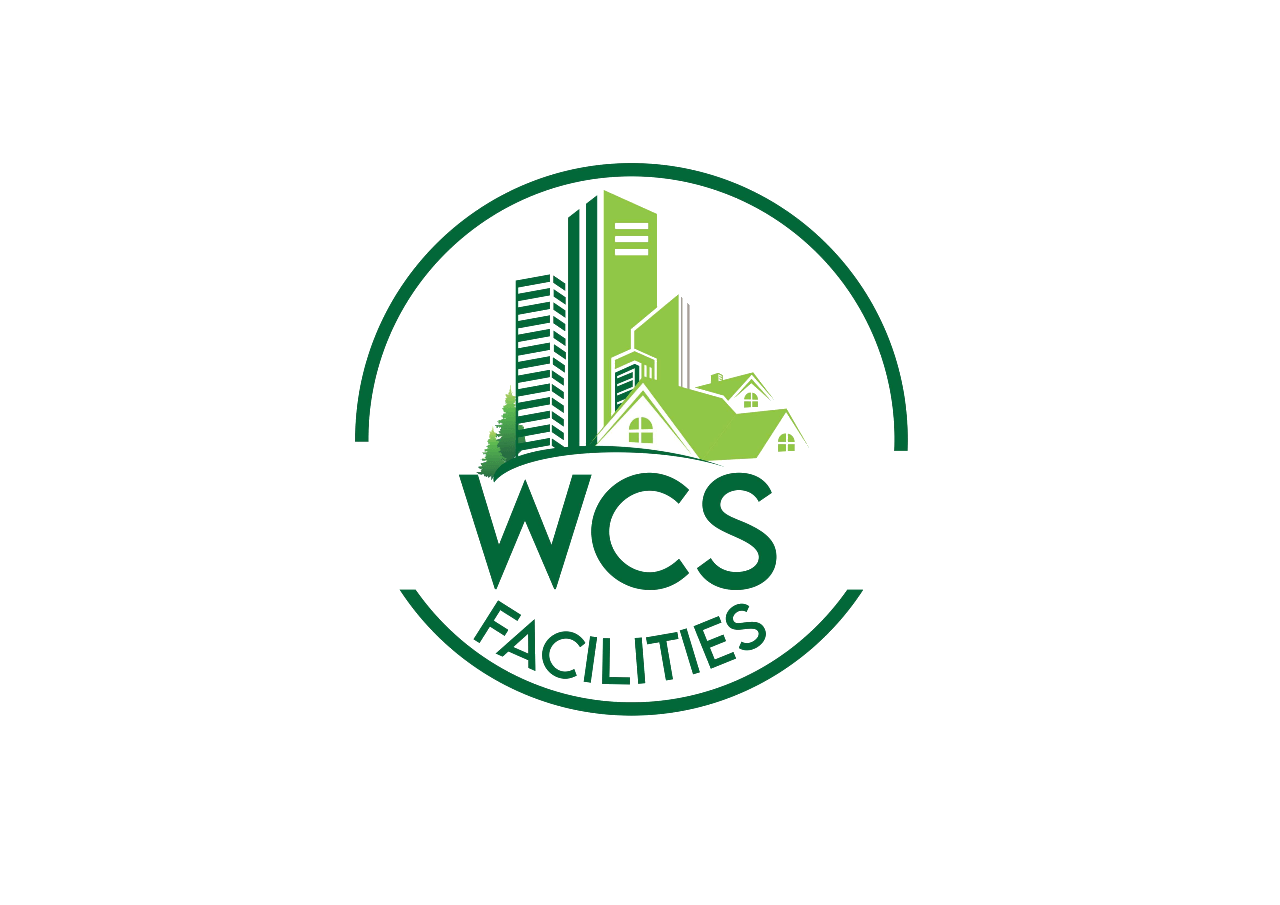How to Pressure Wash a Driveway with a Surface Cleaner: A Comprehensive Guide
Are you looking for an effective way to keep your property clean and well-maintained? If so, pressure washing might just be the answer you've been looking for! It's a great way to quickly and easily clean various outdoor surfaces, including driveways, walkways, and patios.
In this article, we will give you a step-by-step guide on how to pressure wash your driveway with a surface cleaner. Trust us, with the right equipment, and you'll be able to tackle this task like a pro.
Using a pressure washer with a surface cleaner is the most efficient way to clean large outdoor areas. You may be wondering why surface cleaners are so important. Well, they distribute water evenly across the surface, reducing the time and effort required to clean the area. And who doesn't love saving time and effort, right?
So, are you ready to get started on
pressure washing your driveway? Then, let's dive into the details and get this job done!
Preparation Steps for Pressure Washing Your Driveway with a Surface Cleaner
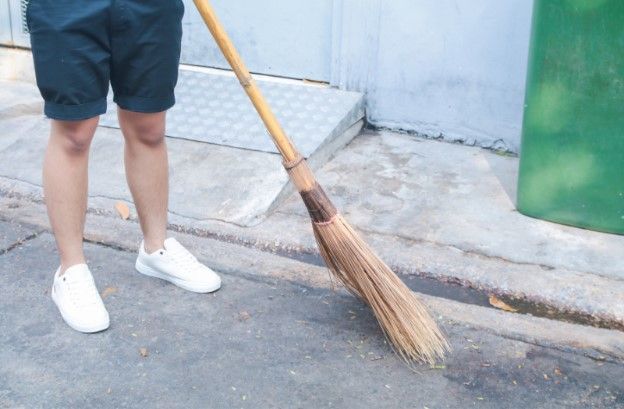
Before you begin pressure washing your driveway, you must prepare the area and ensure you have the right equipment. Proper preparation is essential to ensure you achieve the best results and avoid damaging your driveway or any surrounding surfaces. Here are the steps you need to follow to prepare for pressure washing:
- Clear the area: The first step in preparing for pressure washing is to clear the area of any obstacles, such as cars, toys, or furniture. This will give you more space to work with and ensure you don't accidentally damage any objects in the process.
- Sweep the surface: Use a broom to sweep away any loose debris, such as leaves, dirt, and rocks. This will make it easier for the pressure washer to remove any stubborn stains or grime.
- Check the pressure washer: Before you start washing, ensure your pressure washer is in good working condition and that all the nozzles are securely attached. Check the hoses for leaks or damage and ensure the water supply is connected and turned on.
- Fill the pressure washer: Fill the pressure washer with water and add the appropriate cleaning solution per the manufacturer's instructions. Be sure to use a cleaning solution that is safe for use on your driveway surface.
- Connect the surface cleaner: Finally, connect the surface cleaner to the pressure washer and make sure it is securely attached. The pressure washer surface cleaner will help you clean your driveway more efficiently and effectively than using just the pressure washer alone.
Essential Steps for Safe and Effective Pressure Washing with a Surface Cleaner
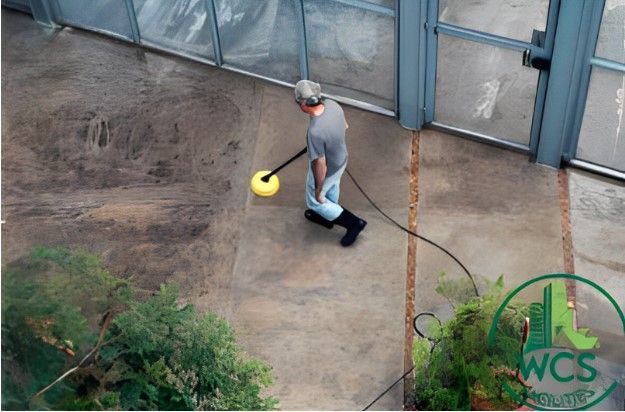
Now that you have prepared the area and equipment, it's time to start pressure washing. Before diving into the process, it's important to understand that pressure washing can be dangerous if not done properly. Therefore, it's essential to take the necessary precautions and follow the recommended guidelines to ensure your safety and avoid damaging your property. Follow these steps carefully to get the best results and make the process stress-free.
- Start at the farthest point: Starting at the farthest point from the house or garage and working your way back will make the process more efficient. It will help prevent you from stepping on the cleaned area and ensure you don't miss any spots.
- Use a back-and-forth motion: When using a surface cleaner, move the attachment back and forth across the surface in overlapping rows, ensuring that you cover the entire area. This technique will help you achieve an even clean and prevent streaks or lines from forming on the surface.
- Apply even pressure: Applying even pressure to the surface cleaner is essential to ensure the water is evenly distributed. This will help prevent damage to the surface and ensure that the cleaning solution is distributed evenly across the entire area.
- Avoid staying in one spot: Staying in one spot for too long can cause damage to the surface and leave marks or streaks. Move the surface cleaner at a steady pace and avoid lingering in one area for too long.
- Rinse the surface: Once you have finished pressure washing, it's important to rinse the surface thoroughly with clean water to remove any remaining cleaning solution. This will help prevent the cleaning solution from drying on the surface and leaving behind streaks or residue.
Conclusion:
Pressure washing your driveway with a surface cleaner can quickly and easily keep your property looking clean and well-maintained. Following the steps outlined in this comprehensive guide, you can prepare the area, ensure you have the right equipment, and safely and effectively pressure wash your driveway. Remember to take the necessary precautions and follow the recommended guidelines to ensure your safety and avoid damaging your property. By doing so, you'll achieve excellent results and have your driveway look new in no time!
You might also like
